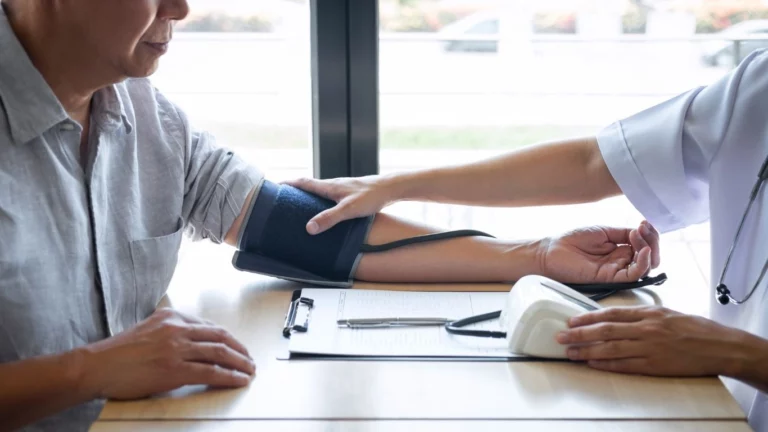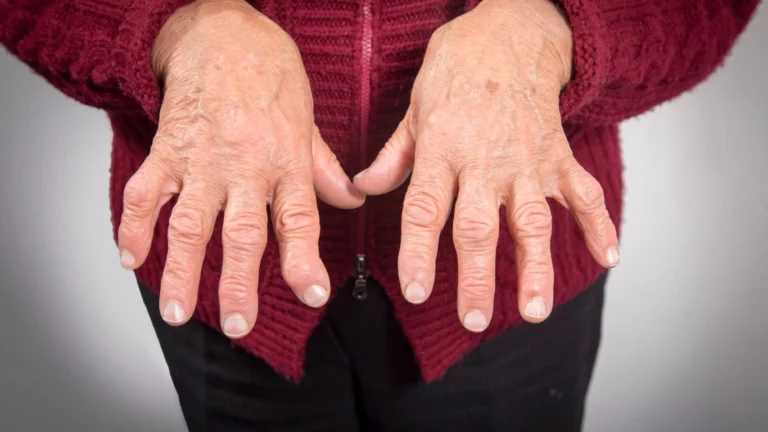Natural Drinks for Lowering BP Quickly That Really Work
When my patients come into the clinic with blood pressure readings that are creeping into the danger zone, the first question I usually get is: “Doc, is there something natural I can drink to bring this down—fast?” And I get it. No one wants to jump straight to meds unless absolutely necessary. So yes, natural drinks for lowering BP quickly can be a helpful part of the toolkit. I’ve seen it firsthand in practice—small, consistent lifestyle shifts (including smart beverage choices) can make a big difference. Let’s dive into the drinks that not only hydrate you but can also help get that pressure back in check, naturally and quickly.
Beetroot Juice: A Nitric Oxide Powerhouse
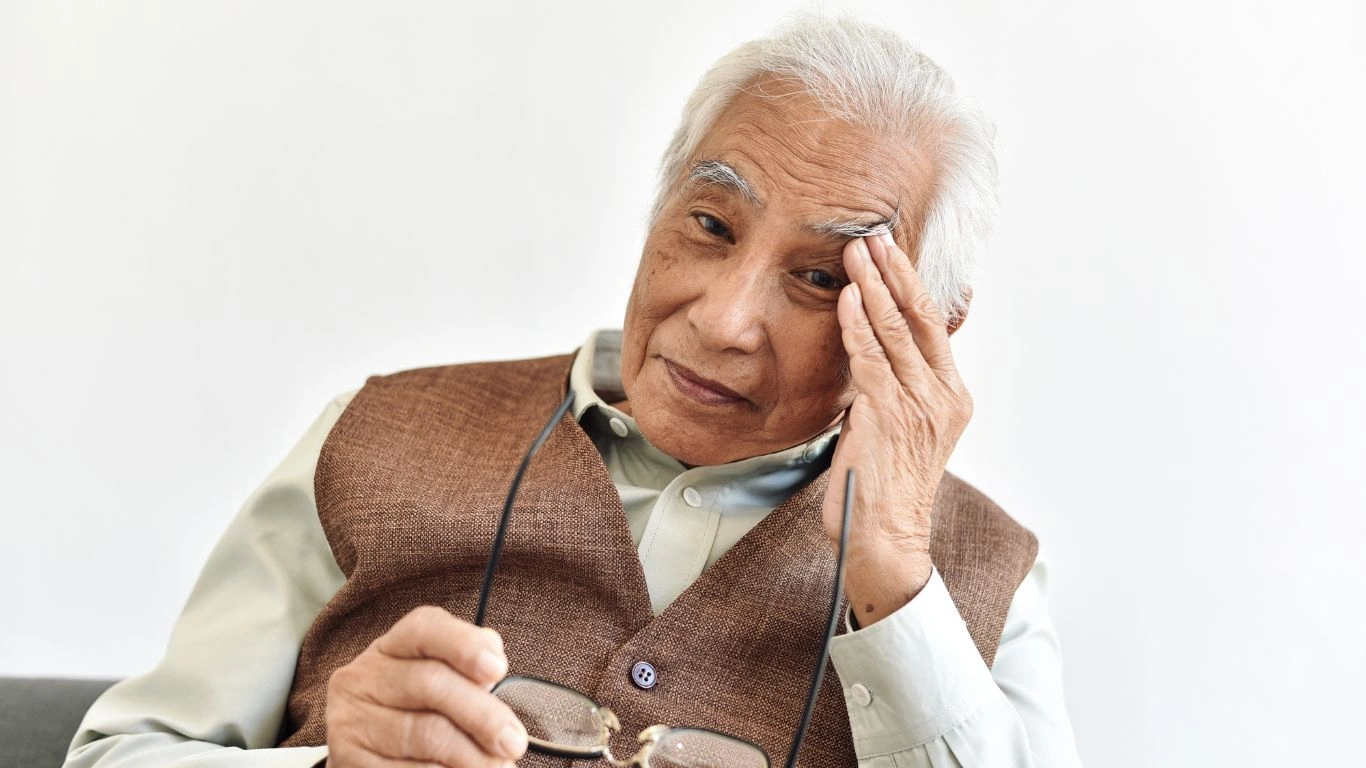
I always smile when I talk about beetroot juice, because it’s one of those things that sounds too simple to work, yet consistently delivers. Beets are rich in dietary nitrates, which your body converts into nitric oxide—a compound that relaxes and widens blood vessels, helping reduce blood pressure. I often suggest my hypertensive patients try 250 ml of fresh beet juice in the morning. Within hours, systolic pressure can drop significantly.
How to Make It Work
- Drink it fresh and raw—processed versions don’t offer the same nitrate punch.
- Start with small servings if you’re not used to earthy flavors. A little apple or carrot can smooth it out.
- Avoid mixing it with caffeine—stick to water or herbal teas alongside.
Pro tip from the clinic: I had one patient lower their systolic BP by 8 points in just a week of daily beet juice—without changing anything else. That’s not universal, but it’s promising.
Hibiscus Tea: Floral and Functional
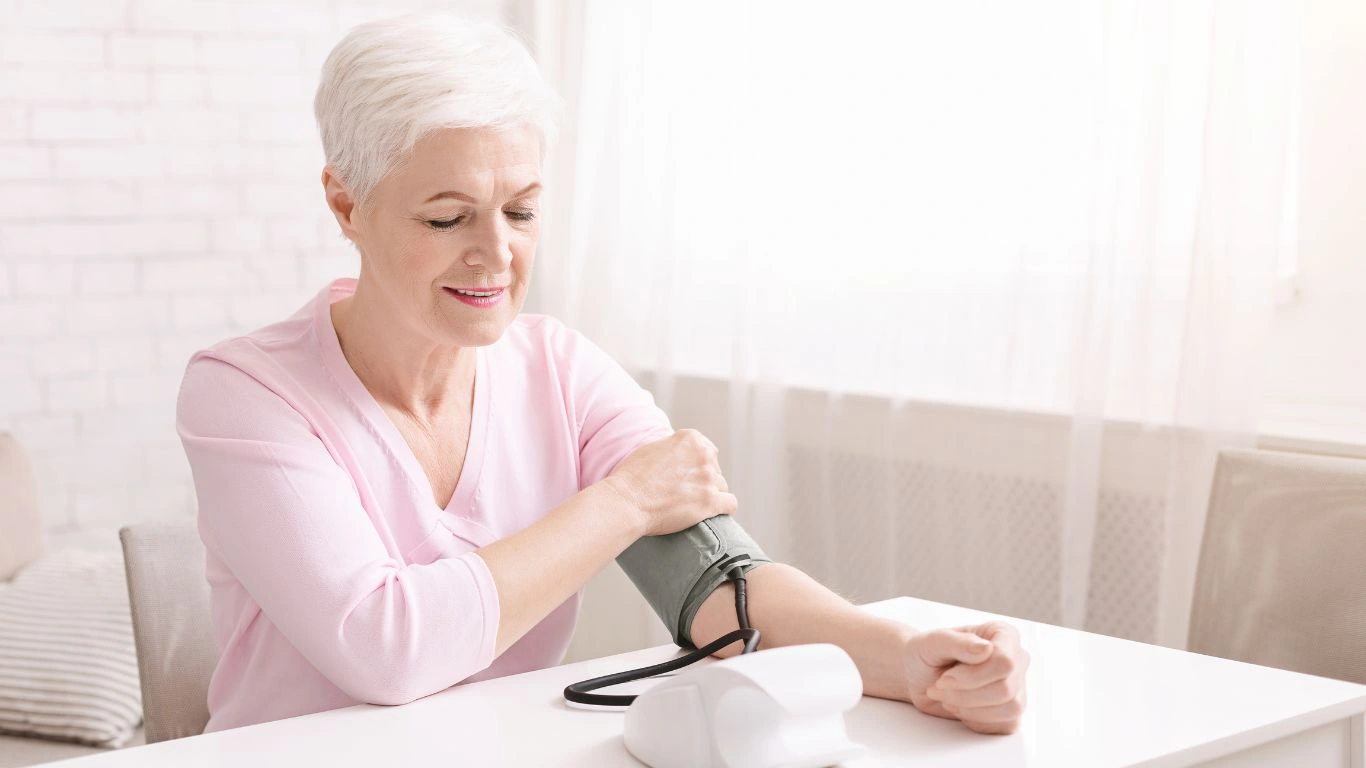
Hibiscus tea has this gorgeous deep red color, but it’s more than just a pretty drink. It’s loaded with anthocyanins and antioxidants that help reduce inflammation and dilate blood vessels. I always recommend this one iced during hot weather—my patients love it, and it feels indulgent while doing your cardiovascular system a solid.
Why It Works So Fast
Some clinical studies have shown that hibiscus tea can lower systolic BP by up to 10 points when consumed daily for a few weeks. But even a single cup can cause a mild dip in pressure within a couple of hours. Just don’t overdo it—more isn’t always better.
- Steep 1–2 teaspoons of dried hibiscus petals in hot water for 5-10 minutes.
- Strain and serve hot or over ice.
- Skip the sugar—try a bit of honey or a squeeze of lime if needed.
One of my longtime patients—who used to be a skeptic—swears by her morning cup. She replaced her sugary coffee with hibiscus tea and her blood pressure numbers started trending down over the next few months.
Celery Juice: Simple, Salty, and Surprisingly Effective

I’ll be honest—I didn’t expect celery juice to be as impactful as it is. But over the past few years, it’s gained traction for good reason. Celery contains phthalides, compounds that help relax artery walls and improve blood flow. It’s also mildly diuretic, which helps reduce fluid-related pressure buildup.
How to Add It to Your Day
- Juice 3-4 celery stalks and drink first thing in the morning for best effect.
- Combine with cucumber or lemon if you’re not crazy about the taste.
- Stick to fresh—bottled versions can lose potency fast.
From my own kitchen: I started adding celery juice to my rotation a few times a week and noticed my energy stabilized throughout the morning. It’s not magic, but it adds up, especially when paired with a lower-sodium diet.
Coconut Water: Nature’s Electrolyte-Rich Tonic
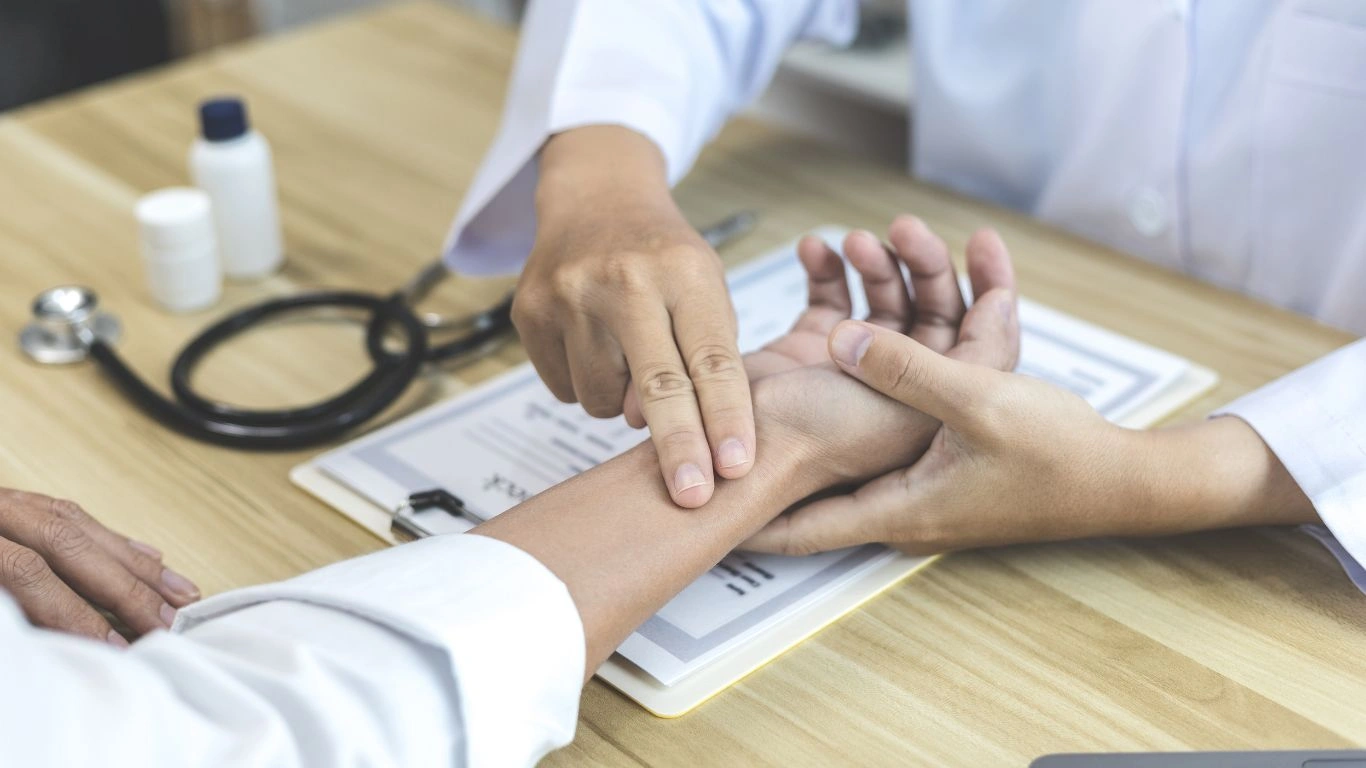
If there’s one drink that always surprises people when I bring it up, it’s coconut water. This naturally sweet, refreshing drink is loaded with potassium—a key mineral that plays a huge role in managing blood pressure. In fact, potassium helps balance out the negative effects of sodium. And for many of my patients, that’s a big deal. We’re often unknowingly loading up on too much salt through processed foods.
I’ve had folks tell me they’d never touch coconut water because of the taste. But after seeing a few weeks of consistent BP improvement? Let’s just say a lot of them became fans real fast.
Best Practices with Coconut Water
- Go for unsweetened, pure coconut water—no added sugar or flavors.
- Drink a small glass (about 200ml) mid-morning or post-workout for hydration and potassium boost.
- If you’re on medications like ACE inhibitors or potassium-sparing diuretics, check in with your doc first—too much potassium can be an issue.
I personally love mine chilled with a splash of lime—it feels like a treat but it’s doing real work inside your arteries.
Pomegranate Juice: A Heart-Healthy Power Player
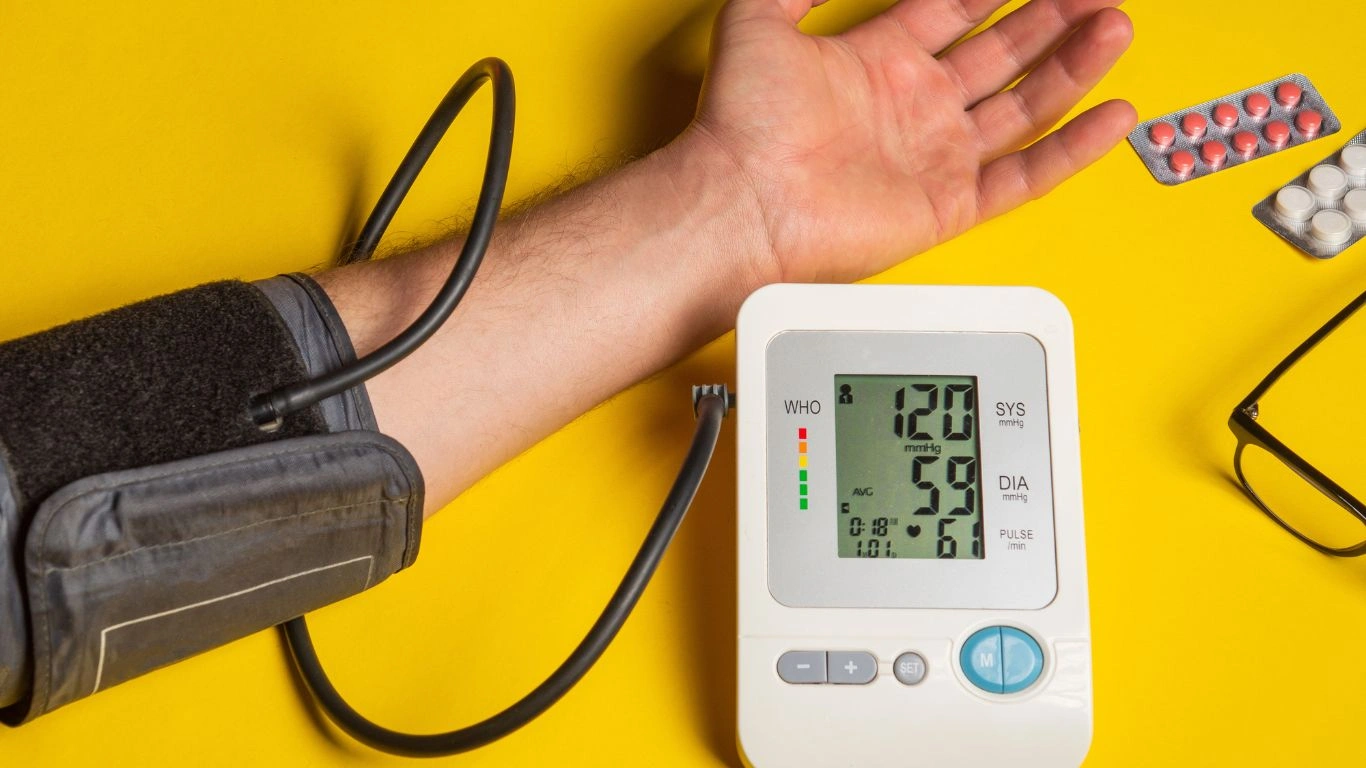
Pomegranate juice is more than just delicious—it’s practically made for heart health. Packed with polyphenols, especially punicalagins, it’s got serious antioxidant and anti-inflammatory benefits. There’s a reason it keeps popping up in cardiovascular studies. Some even show that daily pomegranate juice consumption can help lower systolic blood pressure in just two weeks.
In my clinic, I recommend it to patients who are struggling with both blood pressure and high cholesterol—it helps on both fronts. But here’s the catch: portion control matters.
Drinking It Right
- Stick with 100% pure pomegranate juice—no blends or “cocktails”.
- Limit your serving to about 4-6 oz (roughly half a glass)—it’s high in natural sugars.
- Drink it with or right after a meal to prevent blood sugar spikes.
One of my patients—a retired chef—told me he drinks it in a wine glass to make it feel special. Honestly, I love that. A little ceremony makes healthy habits stick.
Green Tea: Gentle, Gradual Support

Green tea isn’t exactly trendy anymore, but it’s still a solid option for those trying to bring down BP gently over time. It’s full of catechins, which improve blood vessel flexibility and reduce oxidative stress. It doesn’t work overnight like beet juice or hibiscus might, but it builds support steadily—think long game.
When I suggest green tea, especially for folks who enjoy their caffeine fix but need to cut back on coffee, I always emphasize moderation. Too much caffeine can raise your blood pressure, so we walk a careful line.
Tea Time Tips
- Brew it yourself from quality loose leaves or bags—avoid bottled versions that sneak in sugars and preservatives.
- Limit to 2-3 cups a day to avoid overdoing the caffeine.
- Try it mid-morning or early afternoon instead of coffee. And skip the cream and sugar.
Personal insight: I used to lean on espresso during long shifts, but switching to green tea helped stabilize my energy without the late-day crashes—and my own BP saw a quiet, steady improvement.
Final Thoughts for This Section
Every one of these drinks can be a useful tool in lowering blood pressure naturally and relatively quickly, but here’s something I always remind my patients: They work best when part of a bigger picture. You can’t out-drink poor sleep, chronic stress, or a high-sodium diet. But these natural options can give you an edge—and sometimes that’s exactly what someone needs to build momentum and feel in control again.
We’ve still got more natural drink options to cover, and a few myths to bust, so keep reading. There’s no magic potion, but there are smart, delicious choices that really can nudge your numbers in the right direction. And if they happen to taste good too? That’s just a bonus.
Warm Lemon Water: Simple Start for Better Blood Pressure

One of the easiest natural drinks I recommend, especially in my clinic, is warm lemon water. It might seem basic, but don’t underestimate its power. Lemon is rich in vitamin C and antioxidants, which support blood vessel health. Plus, warm water helps with hydration and can improve your digestion—both factors that indirectly influence blood pressure.
Patients often tell me they start their day feeling sluggish or bloated. Swapping their usual sugary coffee or heavy breakfast for a cup of warm lemon water can sometimes be a game changer. It’s gentle, accessible, and a great kickstart to healthier habits.
How to Maximize the Benefits
- Squeeze half a fresh lemon into a cup of warm (not boiling) water.
- Drink it first thing in the morning on an empty stomach for best absorption.
- Follow it with a balanced breakfast to stabilize blood sugar and energy.
From my experience: I’ve noticed that patients who adopt this ritual are more likely to stick with other lifestyle changes—probably because it’s such a simple, pleasant habit to maintain.
Chamomile Tea: More Than Just Calm

Chamomile tea is famous for its calming effects, and stress reduction is a key player in controlling blood pressure. When I see patients with elevated BP tied closely to anxiety or hectic lifestyles, chamomile is often part of the conversation.
This floral infusion isn’t a direct blood pressure lowering agent in the way beetroot or hibiscus might be, but by soothing nerves and improving sleep quality, it indirectly supports better blood pressure control.
Using Chamomile Tea Effectively
- Drink 1-2 cups in the evening to help unwind and promote restful sleep.
- Choose organic loose leaves or high-quality tea bags for best potency.
- Avoid adding sugar—if sweetness is needed, a touch of honey is fine.
Clinical insight: In my practice, combining chamomile tea with other natural drinks and lifestyle adjustments often speeds up blood pressure improvements because it tackles the stress angle, which many overlook.
Things to Keep in Mind When Using Natural Drinks for BP
While natural drinks can be fantastic allies in managing blood pressure, it’s important to remember that they’re just one part of the bigger picture. From my years as an internal medicine physician specializing in hypertension, here are a few crucial tips:
- Consistency is key. These drinks work best when consumed regularly, not just occasionally.
- Know your medications. Some natural drinks can interact with blood pressure medicines or potassium-sparing drugs—always check with your healthcare provider.
- Watch out for added sugars. Many commercial juices and teas sneak in sugars that can spike blood pressure and counteract benefits.
- Hydration matters. Drinking plenty of water alongside these natural options supports overall cardiovascular health.
- Don’t rely solely on drinks. Lifestyle factors like exercise, stress management, and diet have the biggest impact on blood pressure control.
One final story: I had a patient who was desperate to avoid medication and embraced several natural drinks along with walking daily and reducing salt intake. Over three months, his blood pressure dropped from borderline high to perfectly normal. It wasn’t just the drinks—it was the whole lifestyle shift—but those natural beverages definitely helped him stay motivated and see tangible results early on.
References
- American Heart Association
- National Heart, Lung, and Blood Institute
- Centers for Disease Control and Prevention
Disclaimer
This article is intended for informational purposes only and should not replace professional medical advice. If you have high blood pressure or any health concerns, please consult your healthcare provider before making changes to your diet, lifestyle, or medication. Natural drinks can support blood pressure management but are not a substitute for prescribed treatment.

Dr. Gwenna Aazee is a board-certified Internal Medicine Physician with a special focus on hypertension management, chronic disease prevention, and patient education. With years of experience in both clinical practice and medical writing, she’s passionate about turning evidence-based medicine into accessible, actionable advice. Through her work at Healthusias.com, Dr. Aazee empowers readers to take charge of their health with confidence and clarity. Off the clock, she enjoys deep dives into nutrition research, long walks with her rescue pup, and simplifying medical jargon one article at a time.



